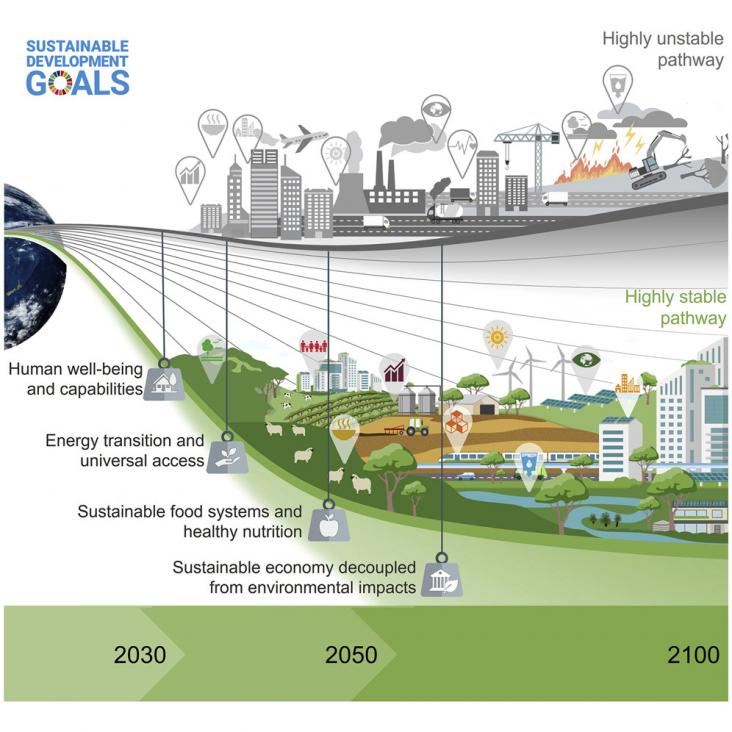Elsevier,
Wind Turbine Icing Physics and Anti-/De-icing Technology, Wind Energy Engineering, 2022, Pages 135-168
This chapter contributes to SDG goals 7, 11, and 13, by explaining advanced techniques for wind turbine icing mitigation, supporting improved performance and durability of wind turbines, a crucial renewable energy source for sustainable development and climate objectives.
The objective of this paper is to critically analyse the innovative passive nZEB building concept ‘2226’ regarding its climate impact via the initial prototype building ‘be 2226’.
This chapter advances the UN SDG goals 7, 11, and 12 by defining the three fundamental strategic priorities of sustainable energy management: exploitation of renewable energy sources, energy efficiency, and risk management, and presenting the basic model for risk management in the field of sustainable energy management.
Elsevier,
Alternative Fuels and Advanced Vehicle Technologies for Improved Environmental Performance, Second Edition, 2022, pp 681-710
This chapter advances the UN SDG goals 7, 11, and 12 by analysing the current status of fuel cell electric vehicles as one of the viable solutions to address the implementation of FCEVs from an electrochemical and market point of view.
Elsevier,
Alternative Fuels and Advanced Vehicle Technologies for Improved Environmental Performance, Second Edition, 2022, pp 571-611
This chapter advances the UN SDG goals 7, 11, and 12 by discussing battery design and function for electric vehicles, focusing on CO2 reduction.
This chapter advances the UN SDG goals 7, 11, and 12 by reviewing the main renewable fuel production pathways and potential energy carriers for ships, and evaluating their sustainability.
Partner content
World Bank
These dashboards present data from the World Development Indicators (WDI) that help to monitor the Sustainable Development Goals (SDGs).

Indicate the importance of adopting longer-term timeframes and pathways to ensure that the necessary pre-conditions are in place for sustainability (including climate action) beyond the current 2030 Agenda.
This Viewpoint supports SDGs 7 and 10 by reviewing climate mitigation scenarios in the context of energy inequalities between the Global North and the Global South. The authors conclude that existing mitigation scenarios exacerbate inequalities and increase climate risk in the Global South.
Background: Epidemiological studies have reported the associations between nitrogen dioxide (NO2) and pediatric asthma incidence, but unable to ascertain indoor NO2 sources.
